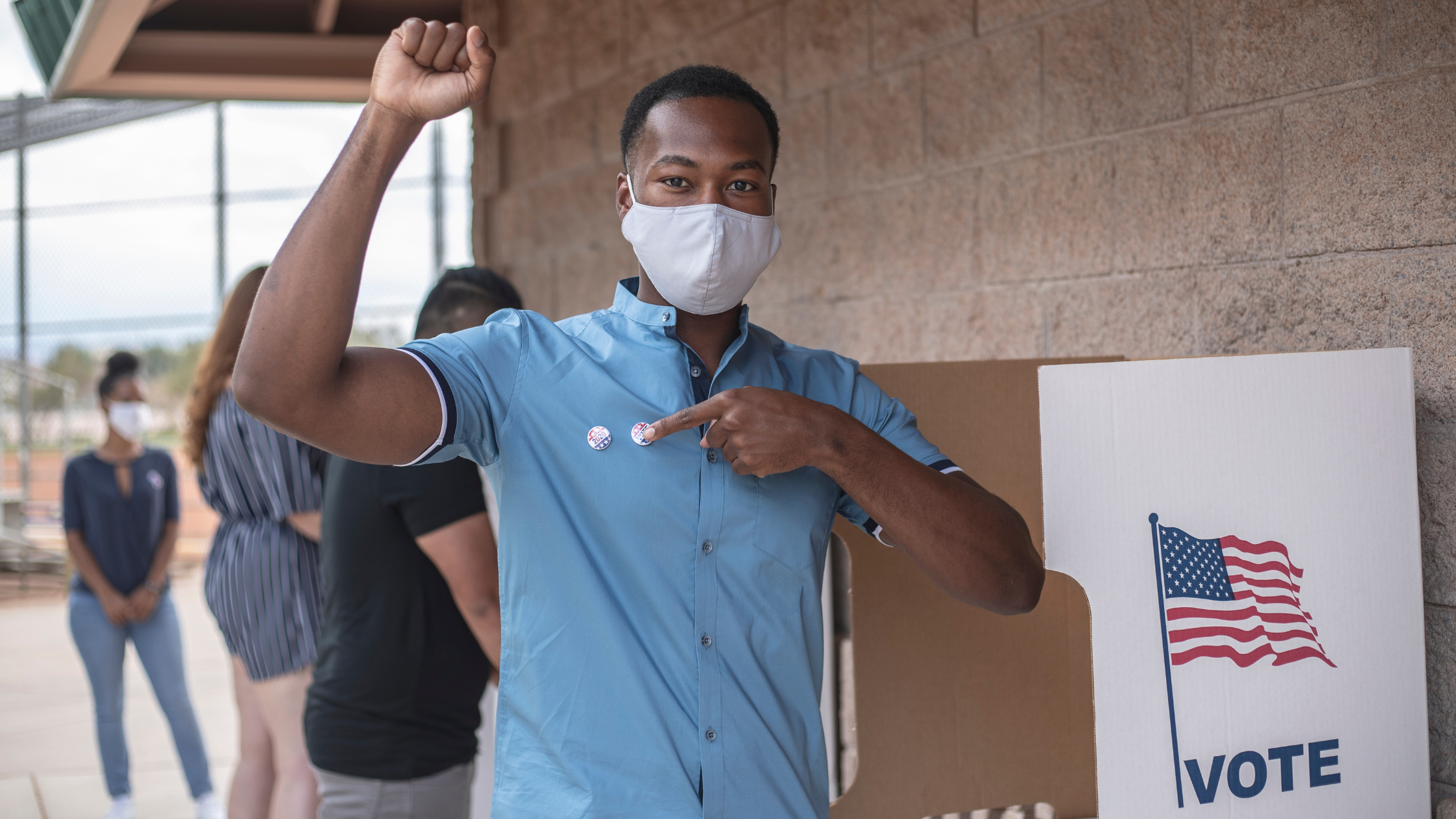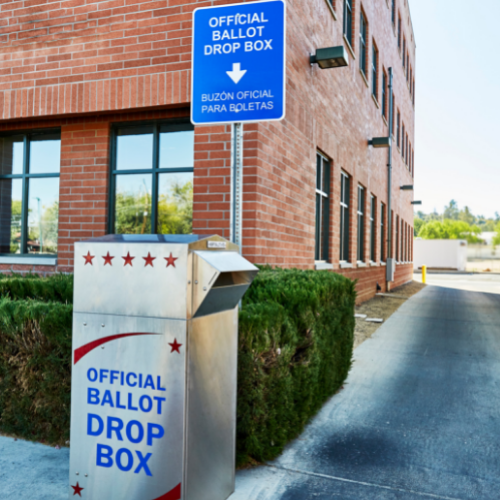“The 2020 elections presented unique challenges and opportunities that fueled a meteoric rise in the use of vote-by-mail (VBM). Since the 1800s, absentee ballots by mail have been part of our democracy. For most of that history, voters were typically required to provide an excuse for casting an absentee ballot. But in the 1980s, California introduced an expansive policy that opened VBM to all voters. By 2016, 27 states adopted a similar voting policy. By 2020, hastened by the COVID-19 pandemic, 34 states allowed voters to request mail ballots without providing an excuse. Deliver My Vote Education Fund (DMVEF) examined VBM trends in five key states (Florida, Michigan, Pennsylvania, Georgia, and Wisconsin) from 2016 to 2020 to understand this massive shift in VBM use. Voters of all backgrounds embraced VBM as a safe way to vote during the pandemic, while also realizing the remarkable convenience.”
Evaluating Mail-Based Security for Electoral Processes Using Attack Trees
Since the reports of Russian interference in the 2016 United States General Election, the security of voting processes has received increased attention from both state and federal authorities. The declaration by the U.S. Department of Homeland Security in January 2017 that election systems be classified as the seventeenth component of critical infrastructure is just the beginning of a need for more secure voting processes. More recently, the COVID-19 pandemic and the 2020 U.S. General Election has placed greater emphasis specifically on mail-based voting processes for electoral systems. The objective of this research is to provide greater insight into potential threats to mail-based voting processes.
Vote at Home Policy and the 2020 Presidential Election
A recent study of mail-ballot use and voter participation found that turnout increased an average of 5.6% during the 2020 presidential election in states that mailed a ballot to every registered voter. The effects of mail-ballot delivery were even greater in jurisdictions with historically low mail-ballot usage, boosting turnout by as much as 8%.
Evidence for the Positive Turnout Effects of Mail Voting in Participating Utah Counties
In the 2016 general election, 21 counties in Utah administered voting entirely by mail, while eight counties administered traditional polling place-based voting. Using vote propensity scores to control for voters’ pre-existing differences in likelihood to vote, we show that the advent of vote-by-mail increased turnout by 5-7 points. Low-propensity voters, including young voters, showed the greatest increase in turnout in vote-by-mail counties relative to their counterparts in non-vote-by-mail counties. We find similar results by zooming in on specific geographic areas within Utah where vote-by-mail counties are bordered by non-vote-by-mail counties, with magnitudes of 4-9 points of increased turnout. In one mountaintop community that happened to be bisected by a county line, the increase in turnout due to vote-by-mail may have been as high as 12.5 points.




